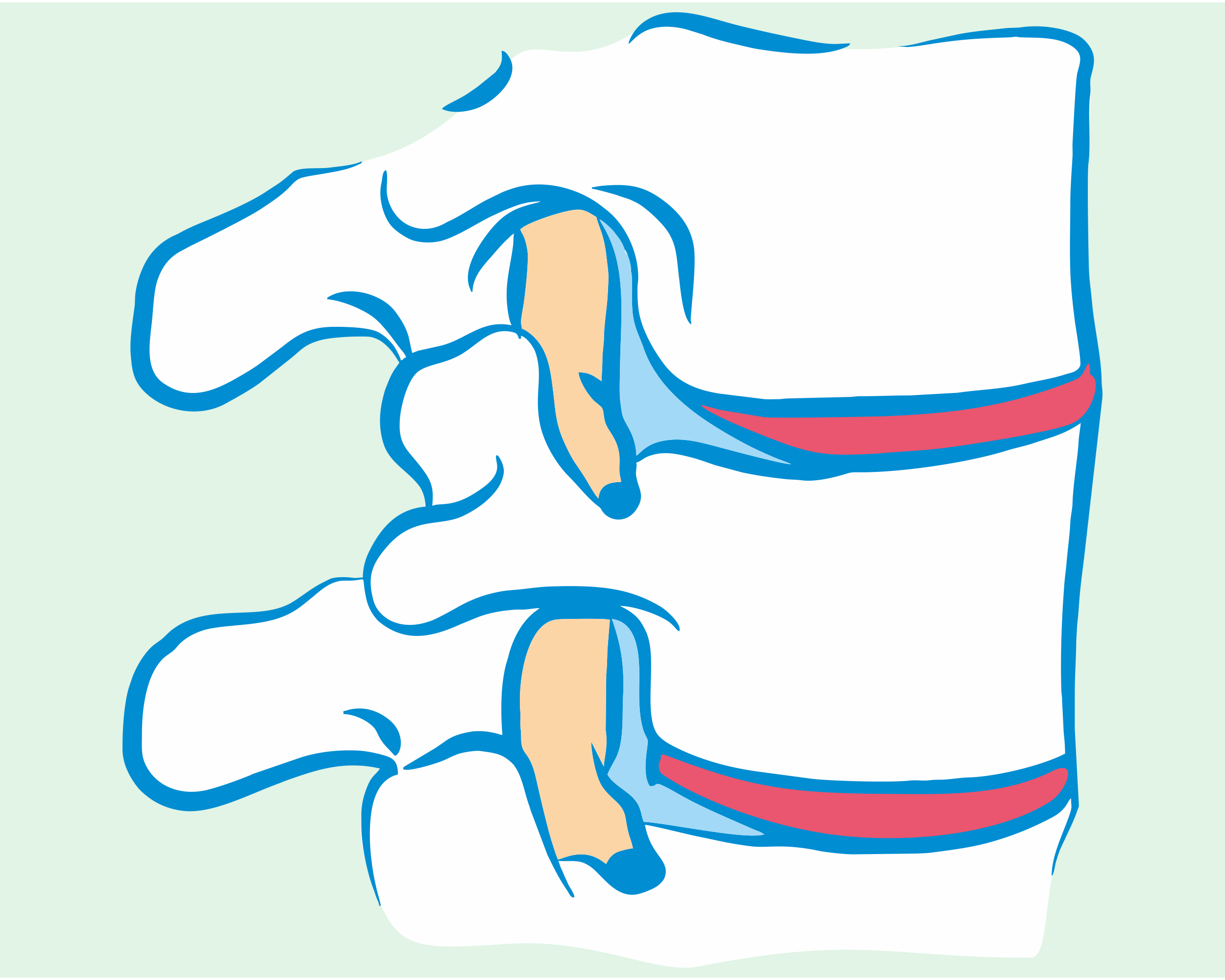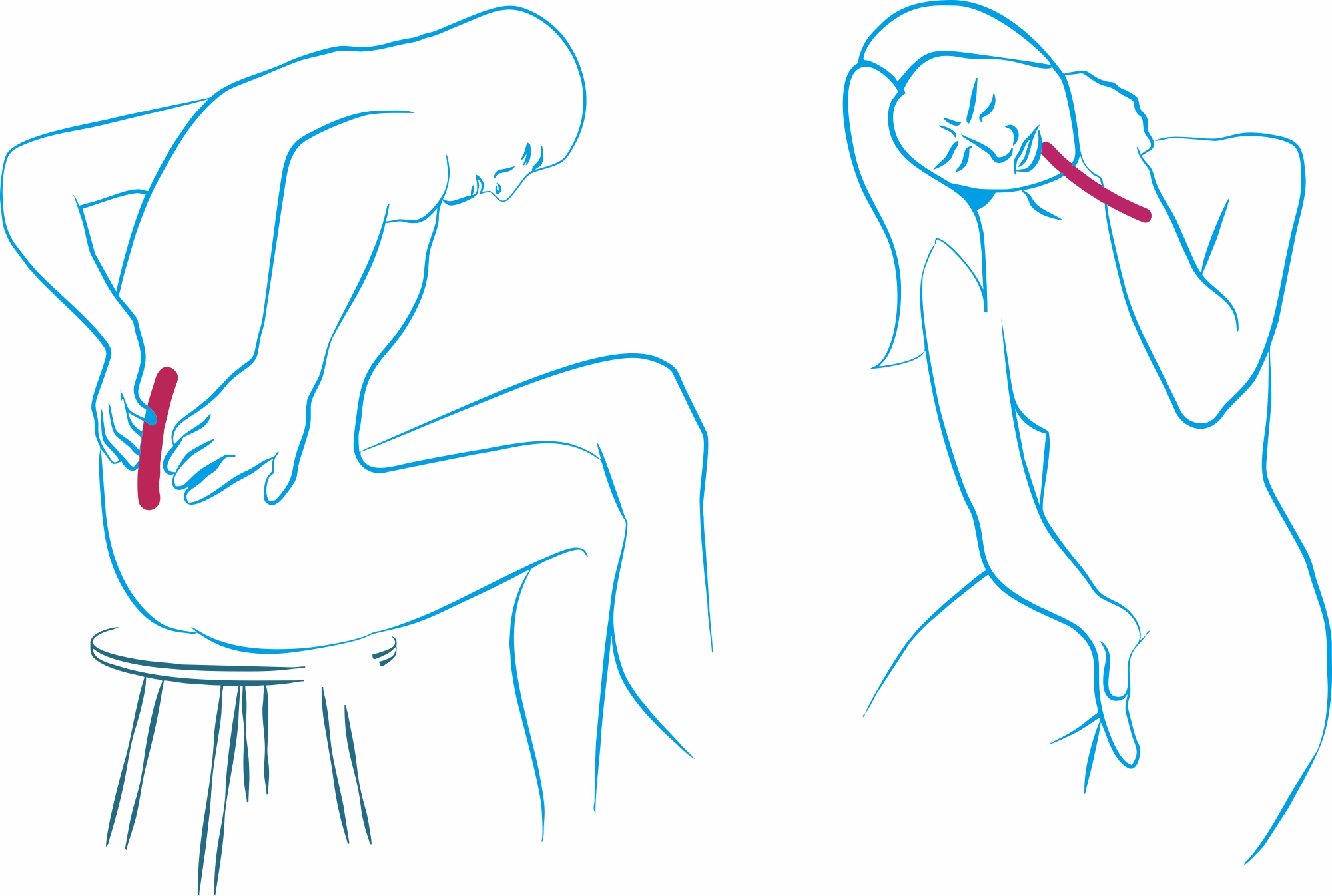There is a common
misconception that the
harder the mattress, the better it is for the spine. These are referred to as
H4, H5, and even H6. This myth is perpetuated by many
doctors and physiotherapists, not intentionally but mostly due to
ignorance. They are not specialists in the
production technology of mattresses or pillows, so they rely on the
dominant message. Unfortunately, this message is often created by many dishonest
mattress manufacturers and then repeated in almost every
mattress store in the country.
It is easy to imagine that a
hard mattress does not conform to the natural
curves of the body and may lead to
uneven distribution of weight, which increases
pressure on certain parts of the body such as the hips and shoulders. It also causes excessive
straightening of the spine. Additionally, a hard mattress prevents
muscle relaxation because it requires maintaining a greater tension at night to maintain the desired
body position. This can lead to
stiffness and pain, especially in people who already have
spine problems. As a result, it causes and exacerbates a
whole range of spine disorders.
Even more harmful is the
belief that people with spinal diseases and those who are
elderly should sleep on exceptionally
soft mattresses, which are often referred to as
H1 or H2. These also cause even more
harm to the spine. In this case too, the dominant message plays a significant role, which unfortunately is not consistent with
reality.
A soft mattress may seem pleasant at first glance but may be
harmful to the spine for several reasons. Firstly, a soft mattress does not
provide adequate support for the spine and can lead to
improper alignment of the vertebrae during sleep. As a result, there may be
pain in the back, neck, head, or shoulders.
It is widely known that sleeping on a
soft mattress affects blood circulation and
impedes proper blood outflow in various areas, which can lead to
numbness or pain in different parts of the body. This
reduces blood flow, so the
nourishment of discs in the spine also decreases. Additionally, sleeping on a
too soft mattress causes it not to support the
body and spine, which ultimately leads to sleeping in an
incorrect position. Such mattresses, especially those with
visco foam in the top layer, make it significantly difficult for older people to get out of bed.










